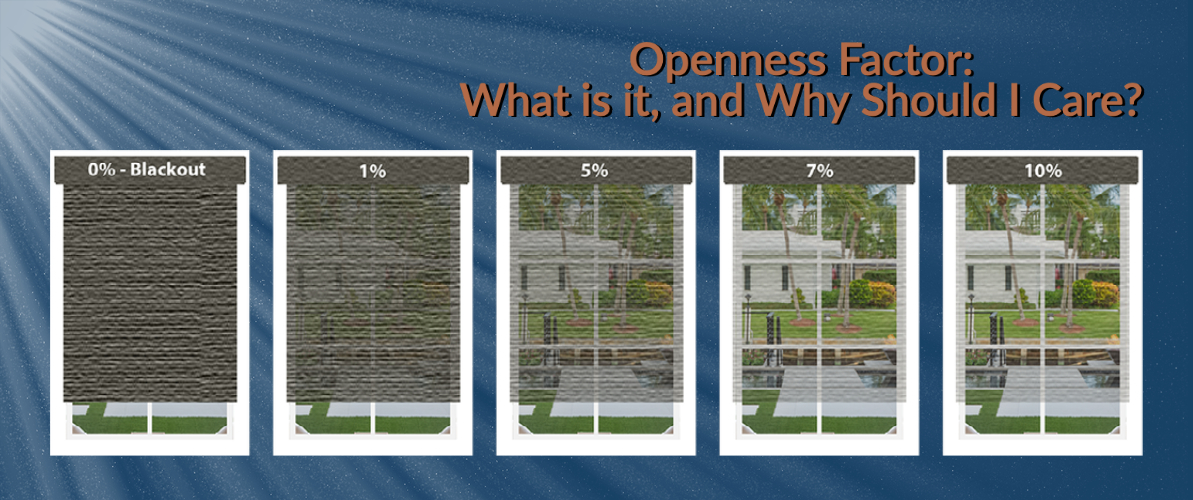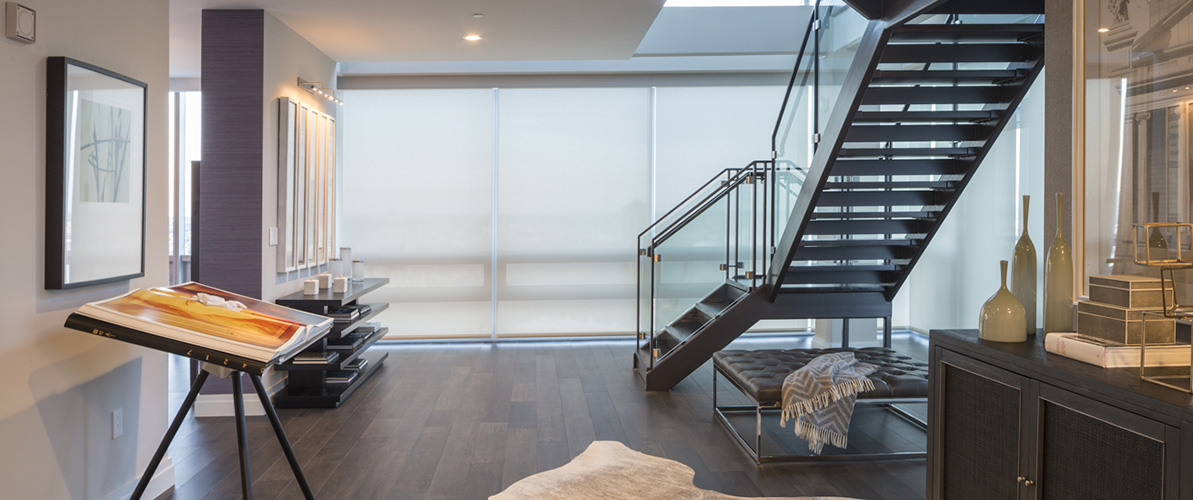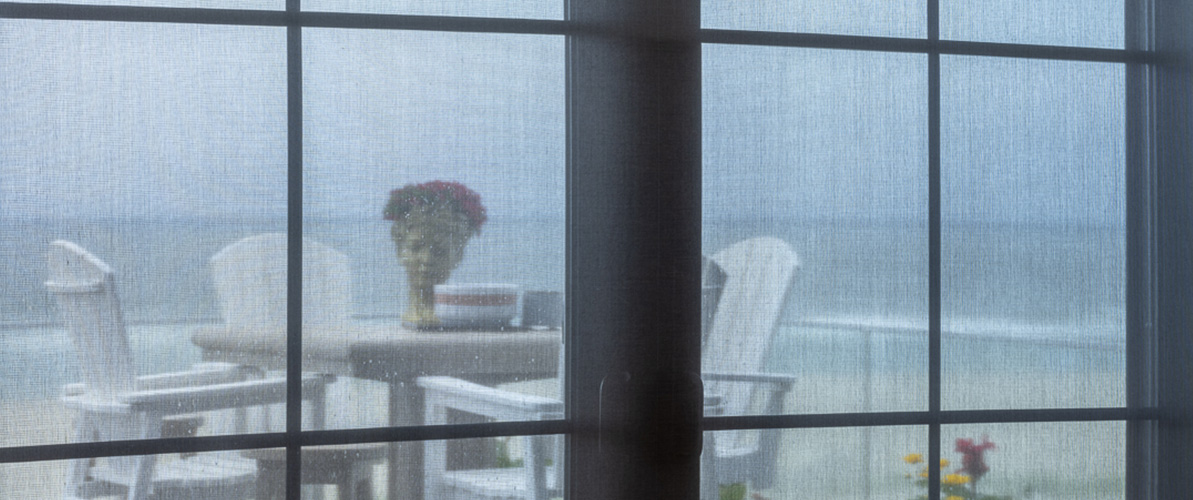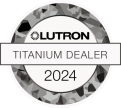
Openness Factor: What is it, and Why Should I Care?
Choice is a great thing…until we have too much of it. In 2004 Barry Schwartz released a book entitled The Paradox of Choice, where he argues that reducing consumer choices also reduces shopper’s anxiety.
When it comes to motorized roller shades, the fabric options alone can be overwhelming. There are literally thousands of options, and that is just Lutron fabrics alone! Different colors, weaves, styles, and materials. There are eco-friendly fabrics, fabrics that guard against UV radiation, and even fabrics with trademarked technologies featuring fanciful names. How do you know what fabric will work for you?
In this article, we are going to cover one of the most important, but also most confusing, qualities of a sheer roller shade fabric, its openness factor.
Openness factor refers to how tightly a shade fabric is woven, specifically how much light is allowed through. A lower number, always given as a percentage, equals less light transmission. A 3% fabric, therefore, would provide more shade than a 10% fabric.

So how do you know which openness factor makes sense for your home? There are a number of factors, including:
- Location of the window
- Desired level of visibility
- Privacy concerns
- Desired results
Let’s quickly go through the considerations listed above to better understand how to select the openness factor.
Location of the Window
Window location matters for several reasons, most important of those is what direction the window faces. In Philadelphia, windows facing East and West will want a less open fabric, while windows facing North may desire a very open fabric. This helps prevent too much light, heat, and glare from entering those windows exposed to direct sunlight while allowing more natural light to enter windows that never receive direct sun.
You may also want to consider just how much direct sun hits each window. A home with no trees surrounding it may need a less open fabric than a home surrounded by shade-producing trees or neighboring homes.

Desired Level of Visibility
Another consideration is how well you want to see out of your windows. As a general rule, a more open fabric will provide a better view and, confusingly, a darker fabric will do the same. If you purchased a home so you could watch sunsets over the lake from your living room, a 1% fabric probably won’t make sense.

Privacy Concerns
The inverse of visibility when it comes to shades is privacy. A more open fabric provides better visibility out of the home, but also into it. This may not matter much for second-story windows or your dining room, but is much more of a concern for a bedroom or bathroom. When selecting fabrics, it is important to consider how valuable privacy is to you in every space in the home. If you live on a large estate with no nearby neighbors, privacy may not be a concern when selecting automated shade fabric, but it may be one of the most crucial factors in a residential neighborhood.
Desired Results
One additional factor that should be considered when choosing a motorized shade fabric is how you plan to use a room. A North facing reading nook may need an extremely open fabric to maximize natural light, while a West facing great room may need a less open fabric to prevent glare on a TV in the evenings. It is important to remember that there is no “correct” roller shade fabric for any space; it is a personal decision based on aesthetics and dozens of other factors.
If this sounds like a lot of work, we would encourage you to reach out to BRAVAS today. We specialize in working with homeowners and their design teams to create the best motorized shade systems available. Reach out today for a free consultation, so we can help make your home a better place to live, work, and play.



